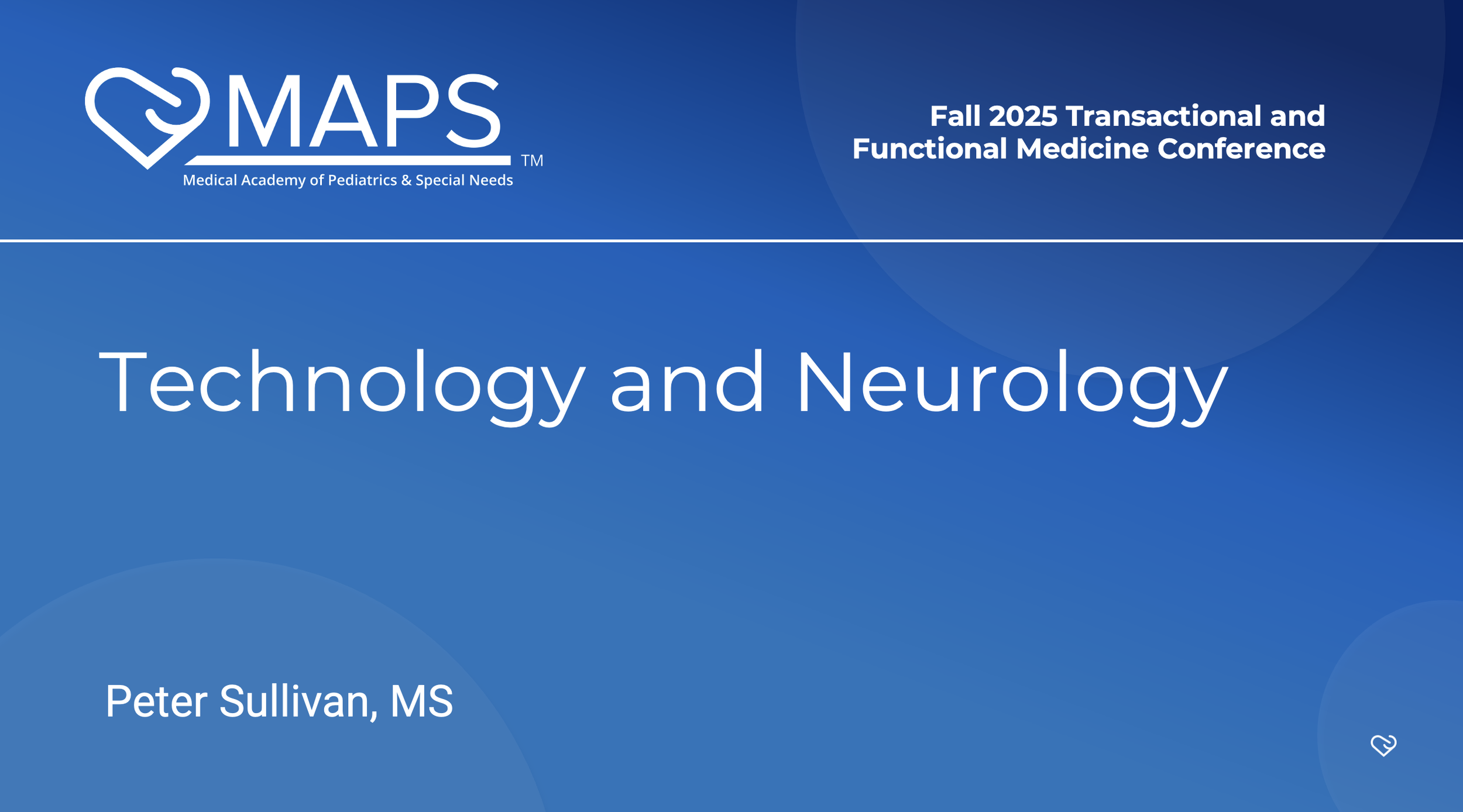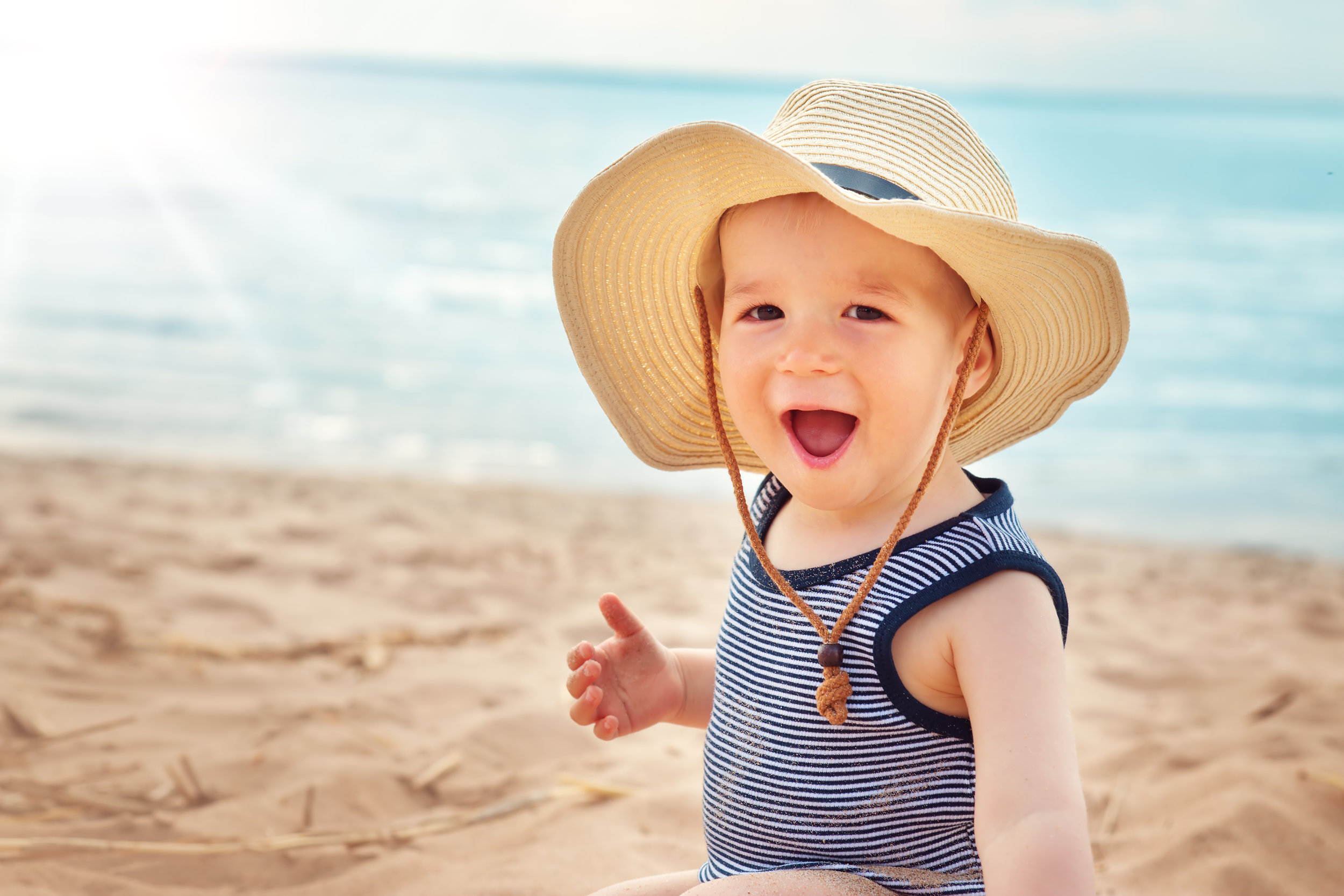December 1998
Palo Alto, California
I was sitting in a classroom at Stanford listening to Larry Page and Sergey Brin wrap up the last class they were teaching on web data mining.
“I just want to announce that we have formed a company called Google around the database we used in this class. We now have four employees, and you are welcome to interview and join us if you are interested.”
I liked their novel approach of counting links from other sites to determine which web pages were more popular and credible, but this was a far cry from the big search engines like Yahoo and Excite. For the last four months, I had also been working full time managing engineering for the front page of the Excite search engine and portal. We had been getting millions of page views a day and my stock options were up, so I didn't even consider the offer.
I walked out of the classroom content to have finished the last class for my Master’s degree.
. . .
November 2001
Sunnyvale, California
I left Excite after the Internet bubble burst and joined a company called Interwoven. A few months after I joined, our office moved to a new location next to Onizuka Air Force Base in Sunnyvale.
After the move, one of the engineers sent an email expressing concern about the safety of our new office. The Air Force Base had several very large dish antennas pointed right at our building. A facilities manager responded that he had been assured that this was safe. I deleted the email thread, which I felt was a waste of my time, and focused on my work. This was ridiculous; at Excite we worked right next to the AT&T communications tower in Redwood City and no one had gotten sick.
. . .
August 2009
Los Altos, California
I was walking around the block on a nice summer day, and one of my neighbors greeted me as I walked by. I responded back and then she said in a quiet and concerned voice, “How are you doing?”
I replied “Good.”
“You look pretty thin.”
“I’m fine, I’m eating really well and exercising.” I didn’t know what else to say.
I finished my walk around the block and went into the bathroom to look into the mirror. I had been doing everything I could think of to improve my health. I had been working out, eating almost all organic food, and avoiding chemical toxins. But my weight has dropped pretty dramatically, and I had lost almost 30 pounds over the last few years. I’m 5’ 10”, and my weight was down to 131 pounds. I’d had to shop in the boys’ department to find pants that fit. I’d had problems sleeping through the night, and I’d had an almost constant ringing in my ears. I was putting way more effort into my health most people and yet, I was missing something. Something was still wrong.
One interesting clue was that the ringing in my ears didn’t happen everywhere, it only happened in certain places. I had several experts go through my home. An audio expert found a high pitched ringing sound in our home that could be traced to electrical noise. I also hired a building biologist to help review our home and office spaces. He found several sources of high exposure to wireless levels and EMF (electromagnetic fields) that we reduced, and my sleep, weight, and health rapidly recovered. The mystery was solved.
Months later, I remembered the email at Interwoven about the antenna, and I drove back there with a radio frequency meter to measure the signal levels coming off the antennas. There was a very large and strong blip about every 5 seconds that you would expect to hear from a rotating radar antenna. I looked up at the big blue cube next to the dish antennas and pointed the meter toward it. The strong pulse was coming from the big cube building, which was apparently concealing a rotating radar antenna. I later learned that this site was a space radar tracking system.
Needless to say, I wish I had not dismissed the concerns about the antenna.
. . .
June 2017
Near Washington D.C.
I pulled up to the home of George Carlo, who ran cell phone safety testing for the wireless industry in the 1990s. As I was taking my backpack out of the car, I heard a voice greeting me from the front porch, “Hey, Peter!”
If you’re assuming this was going to be an intense confrontation, you are just as wrong as I was about wireless being safe. George wrote a book about the harm from cell phones in 2001. We had spoken a few times on the phone over the last seven years about the health impacts of wireless, but we hadn’t met in person.
It turned out we had a lot in common. Neither of us really wanted to work in this area, but once you know the reality of this “secret”, it’s morally difficult to walk away and not share what you know.
He was asked to test cell phones for safety after they had already been released into the market and he found evidence of biological harm.
“The industry thought they had a PR problem, but what they actually had was a real safety problem.”
And that safety problem has never been addressed. He reported his findings but was ignored. There was too much money at stake.
George explained: “The FCC didn’t think that the wireless auctions would generate very much money. They were really surprised by how much money the tech companies and telecom companies were willing to pay. The revenue was substantial and helped to balance the federal budget.”
. . .
The objective written on the top of my resume used to be “to empower people with personal technology.” But now I find the best way to empower myself and others is to make people aware of the current safety issues and give them simple steps they can take to reduce their exposures, especially at night.
Try it for yourself. Turn off your cell phone, Wi-Fi and cordless phone base station at night and see how you sleep. Measure wireless levels in your own home.
I have included a few references, but I would encourage you to do your research and keep digging deeper until you really know, for yourself, what is truly real.
References
Report of Partial Findings from the National Toxicology Program Carcinogenesis Studies of Cell Phone Radiofrequency Radiation in Hsd: Sprague Dawley® SD rats (Whole Body Exposures)
Scientists call for Protection from Non-ionizing Electromagnetic Field Exposure
WHO: IARC Classifies Radiofrequency Electromagnetic Fields as Possibly Carcinogenic to Humans
Pall, Martin L. "Microwave frequency electromagnetic fields (EMFs) produce widespread neuropsychiatric effects including depression." Journal of chemical neuroanatomy 75 (2016): 43-51.
Cell Phones: Invisible Hazards in the Wireless Age: An Insider's Alarming Discoveries about Cancer and Genetic Damage





















